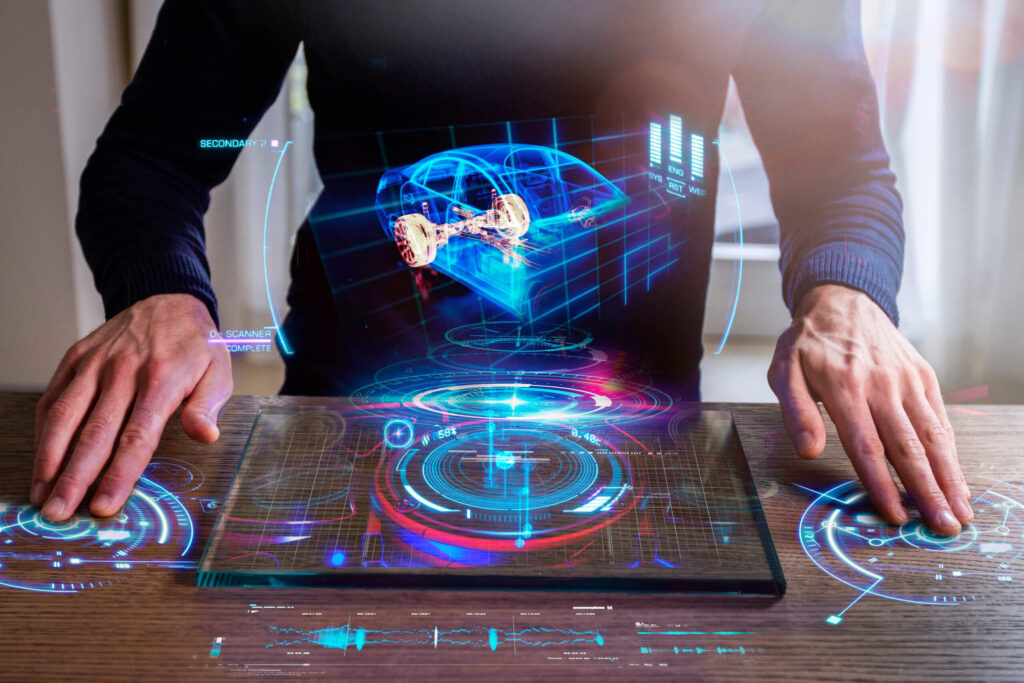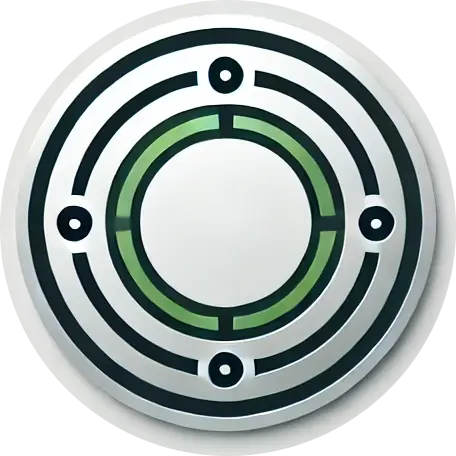
🔍 Spatial computing is the fusion of digital and physical environments, enabling computers to understand and interact with the 3D world. It encompasses technologies like augmented reality (AR), virtual reality (VR), mixed reality (MR), and advanced sensors, allowing for immersive and intuitive human-computer interactions.
🌐 Industry Applications
Spatial computing is transforming various sectors:
- Healthcare: AR-assisted surgeries and VR-based medical training.
- Manufacturing: Real-time equipment monitoring and virtual prototyping.
- Architecture & Construction: 3D modeling and virtual walkthroughs of building designs.
- Retail: Virtual try-ons and interactive shopping experiences.
- Education: Immersive learning environments and virtual classrooms.
- Entertainment: Enhanced gaming experiences and virtual concerts.vstream.ieThe Australian
🚀 Real-World Examples
- Porsche: Utilizes spatial computing for virtual training sessions, improving safety and efficiency in production processes.
- IKEA: Offers AR apps that allow customers to visualize furniture in their homes before purchasing.
- Apple’s Vision Pro: Introduces a spatial computing device that blends digital content with the physical world, aiming to revolutionize user interactions. MHP Management- und IT-BeratungLineZero+1MHP Management- und IT-Beratung+1AP News
Spatial computing is not just a technological advancement; it’s a paradigm shift that’s redefining how we interact with the world around us. As industries continue to adopt these technologies, the line between the digital and physical realms becomes increasingly blurred, leading to innovative solutions and experiences.
#SpatialComputing #AugmentedReality #VirtualReality #Innovation #FutureTech #DigitalTransformation
